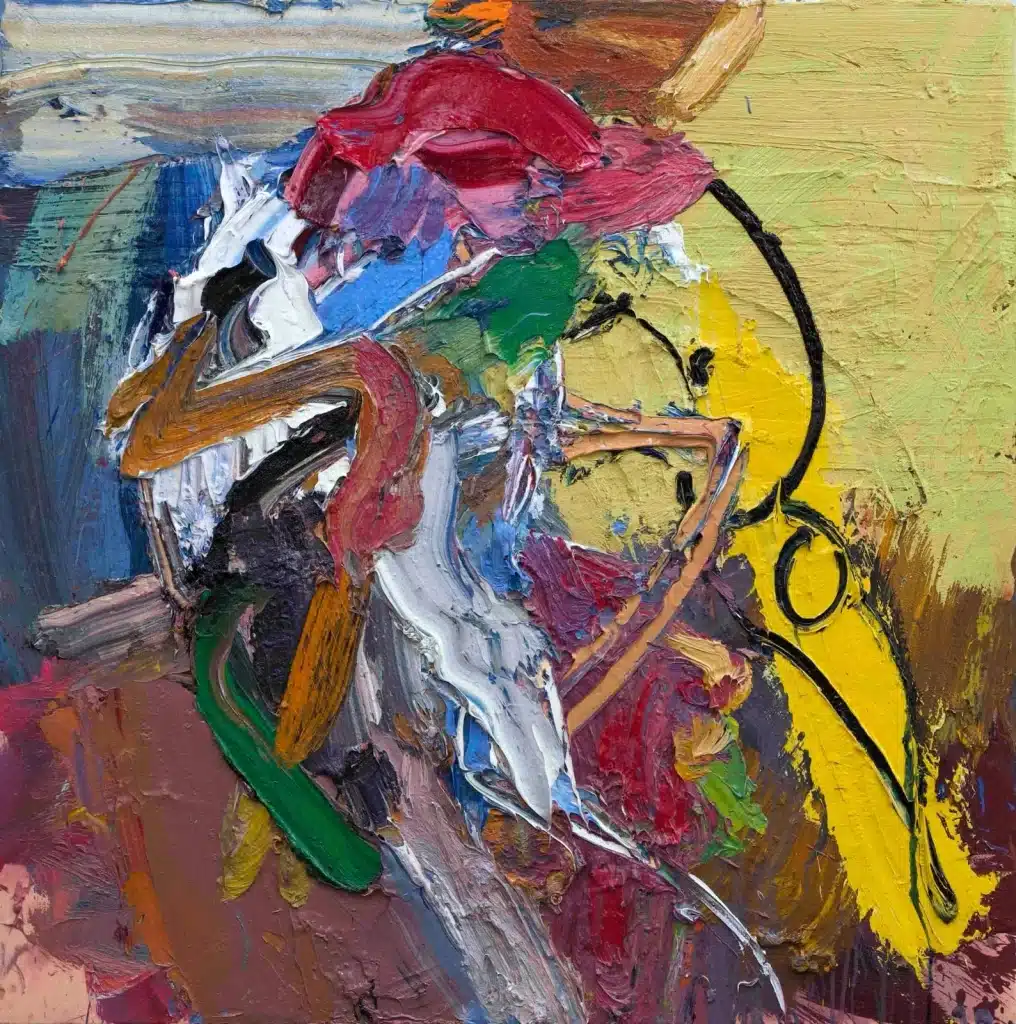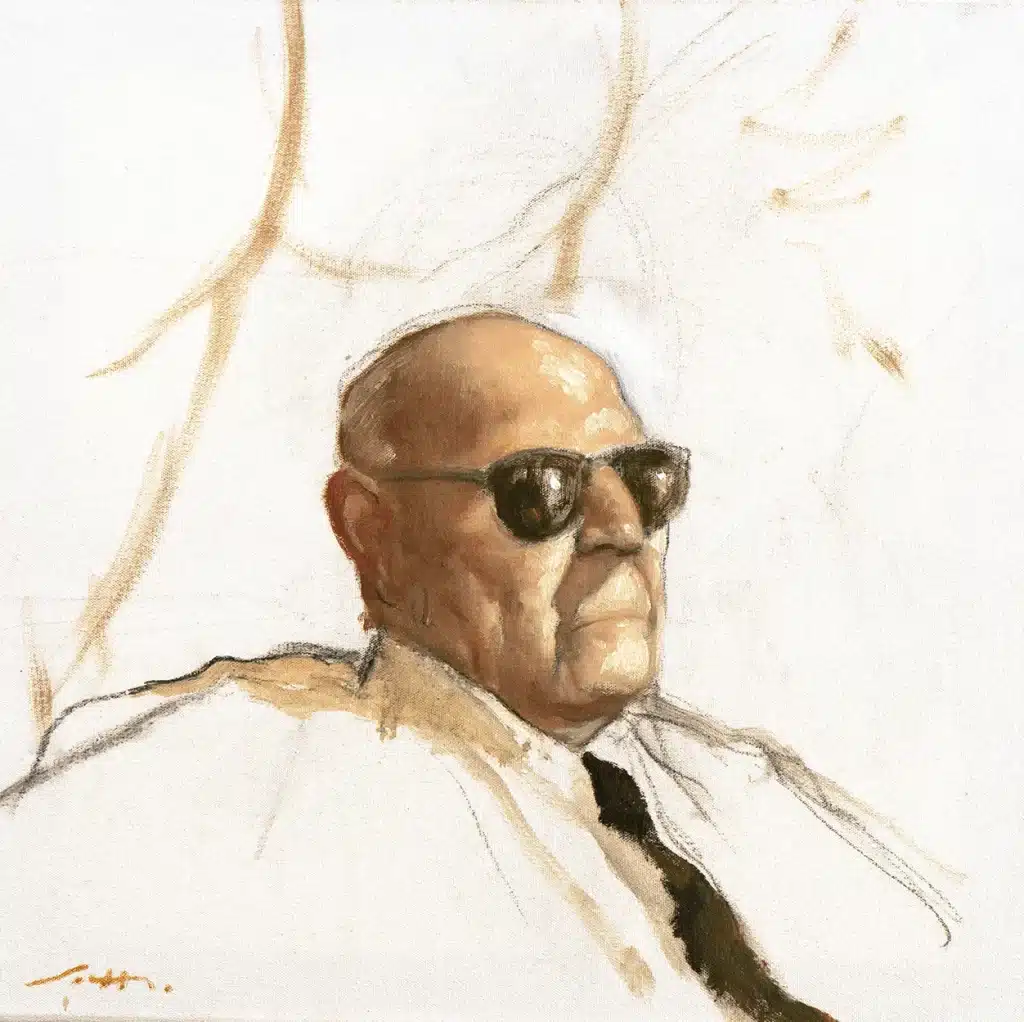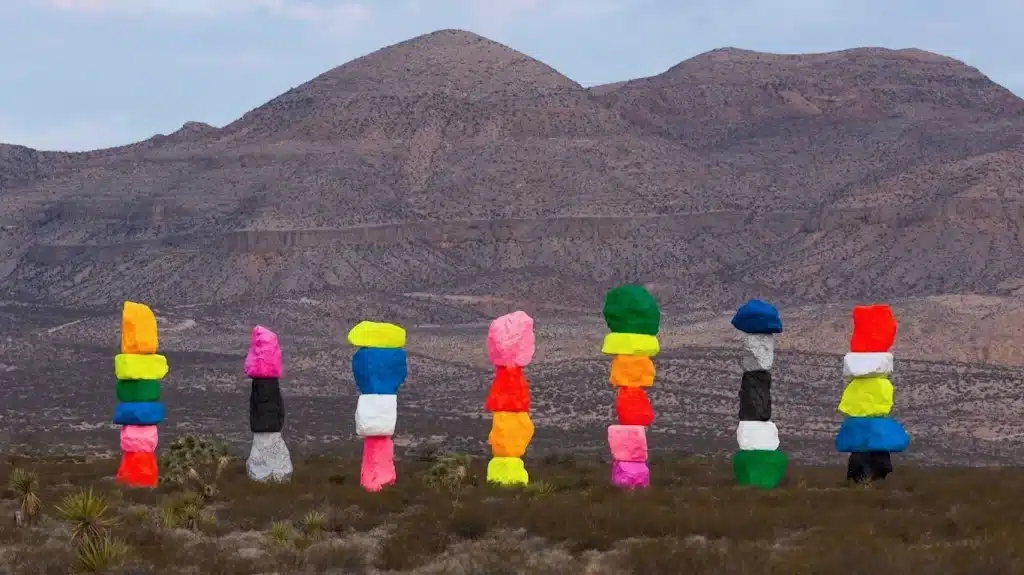Text by Miguel González
For his first individual exhibition in Colombia, Reynier Ferrer has selected some thirty works that illustrate not only his pictorial practice but also the emotional postulates and the guiding path of a proposal that makes use of chance and chance to act out its suggestive arguments. Let us not forget that chance and chance are the axes that the historical Dadaists and consequently the Surrealists evoked for their creations. As we know, this year marks the first centenary of the appearance of the first surreal manifesto written by the French writer, poet and activist André Breton.
The surrealists even went further and planned strategies to provoke chance and randomness. Ferrer is no stranger to this procedure in his emotional, uneven, visceral, unpredictable painting, built by superimposed layers of color that are assembled or disassembled in the time of execution.
But gesture and the use of overt and/or provoked chance and coincidence are only ingredients in Ferrer’s oil canvases since his thickly pigmented, pasty painting is a generally abstract, non-anecdotal, non-narrative approach. It is rather the consummation of an act that nevertheless leaves the possibility of formal and chromatic variations. The pictorial matter that has its antecedent in Vincent van Gogh and from him we can trace a line to the Cobra group, I am thinking particularly of the Dutch Karel Appel, naturally the French Jean Dubuffet and the Spanish Antoni Tàpies, to name three seminal figures who worked with pictorial matter and color -in the case of Appel- and who would be a kind of tradition in the behavior of the material.
Those tactile surfaces. Someone said that informalist art was something to touch rather than to see. In the eighties, with the so-called bad painting, neo-expressionism or trans-avant-garde, pictorial matter reached unprecedented levels. I think of Baselitz, Lupertz, but especially Kiefer in Germany and something of the Italians of Achille Bonitto Oliva. Also in Julian Schanabel with his anarchic and disturbing work. Ferrer inevitably has these external references and is one of those artists who continue to believe in painting, in the ritual act of committing it, in the suggestive power of emotional results and in the role of color as an agent of persuasion and seduction. All of Reynier Ferrer’s works are apparently abstract, although in some he has not managed to bury figurative elements that escape the avalanche of brush strokes and brushstrokes. The most evident is the presence of a duck immersed in the pictorial matter, but realistically represented within a chromatic play of arbitrary tones. The work dated 2019 is entitled Monstruo (Monster) and is part of this exhibition at the Duque Arango Gallery in Medellin, which is in charge of presenting Ferrer’s proposal in Colombia for the first time.
All works have titles, but these do not serve to point to a specific situation or determine a plot. Rather, they collaborate to suggest evocative states in the viewer, paths of mystery and open stakes to imagine. They are not categorical titles nor do they correspond to something concrete. When we read El sueño de la razón produce monstruos ( 2019) it is inevitable to think of Goya, although Ferrer’s canvas has nothing to do with the admirable engraving of the Caprichos. Metamorphosis (2020) refers to Kafka in the first instance, although the painting has no reference to the insect man. Summertime (2022) brings to mind the aria from Gershwin’s opera Porgy and Bess, but Ferrer’s suggestions are any summer or none at all. We could go on and on, and we do not find formal similarities but rather disturbing dichotomies.
Ferrer was born and studied in Havana, he always knew he wanted to be a painter from an early age and was able to enter the San Alejandro Academy in his hometown. This former teaching center has taught several generations of Cuban artists, among them the most prestigious. During his training he had first-hand knowledge of the work of Wifredo Lam, René Portocarrero, Martínez Pedro, Mariano Rodríguez, Raúl Milián, Amelia Peláez and Antonia Eiriz, who were his first direct contacts with Cuban modernity.
Reynier Ferrer is an artist formed and active in this new millennium. His participation in events coincides with the beginning of his training at the academy. He has been involved in group exhibitions since 2000. His work in these competitions has allowed him to show his work in the United States, Canada and, of course, in his country of origin. He has also held individual exhibitions since 2002. So far he has been able to present his proposal in fourteen solo shows. The current exhibition in Medellin is therefore the first time that the artist exhibits in South America.
Ferrer gradually left the practice of initial figuration and has been expanding his will of pictorial freedom, deciding for works rich in chromatic games and emotional forms, with abundant and expressive gestures that seek to generate intrigue and evocations in the observer.
Miguel Gonzalez
Curator and art critic
Cali, January 2024.





